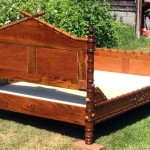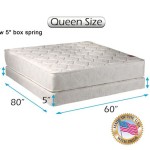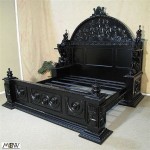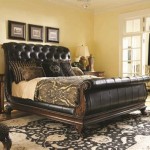Essential Aspects of Sewing a Bedspread Comforter with Batting and Backing
When it comes to creating a cozy and inviting bedroom, a well-crafted bedspread comforter is an essential element. Sewing your own comforter allows you to customize its size, design, and warmth level, ensuring a perfect fit for your bed and personal preferences. However, achieving a professional-looking result requires careful consideration of several vital aspects, including choosing the right fabrics, measuring and cutting accurately, and assembling the layers with precision.
This article will delve into the essential aspects of sewing a bedspread comforter with batting and backing, providing a comprehensive guide to help you create a stunning and functional addition to your bedroom decor.
1. Fabric Selection:
The choice of fabrics for the top, batting, and backing of your comforter will significantly impact its overall comfort, durability, and appearance. Consider the following factors when selecting your materials:
- Top Fabric: Choose a fabric that is soft to the touch, breathable, and complements your bedroom decor. Cotton, linen, and flannel are popular options.
- Batting: Batting provides insulation and warmth to the comforter. Choose a batting material that suits your climate and desired warmth level. Options include cotton, polyester, and bamboo.
- Backing Fabric: The backing fabric should be durable, wrinkle-resistant, and complement the top fabric. Muslin, cotton canvas, and microfiber are common choices.
2. Measuring and Cutting:
Accurate measuring and cutting are crucial for ensuring a perfect fit for your bed. Measure the width and length of your mattress and add an extra 12-18 inches on all sides for overhang.
Cut the top fabric, batting, and backing fabric to the same size. Use a sharp rotary cutter and a cutting mat for precise results.
3. Assembling the Layers:
Once the fabrics are cut, it's time to assemble the layers of your comforter. Lay out the backing fabric on a flat surface, right side up.
Place the batting layer on top of the backing fabric. Smooth out any wrinkles or creases.
Finally, lay the top fabric on top of the batting layer, right side down. Pin all three layers together around the edges.
4. Quilting and Binding:
Quilting helps secure the layers together and adds decorative details to your comforter. You can hand or machine quilt in various patterns, such as straight lines, curves, or blocks.
Once the quilting is complete, bind the edges of the comforter with bias tape or a coordinating fabric strip. This will create a finished look and prevent fraying.
Conclusion:
By following these essential aspects, you can create a stunning and comfortable bedspread comforter that will enhance the aesthetic appeal of your bedroom and provide years of restful sleep.

Binding A Quilt With The Back

How To Make The Softest Baby Quilt In World Suzy Quilts

Binding A Quilt With The Back

How To Self Bind A Quilt New Quilters

Finishing A Quilt Part 2 Adding Batting And Backing Anita Goodesign

Binding A Quilt With The Back

Quilt Along Series Batting And Backs Make Takes

Basting And Quilting For Beginners Diary Of A Quilter Quilt Blogbasting

Binding A Quilt With The Back

How To Make A Comforter Crib Twin Full Or Queen Quilt Top







